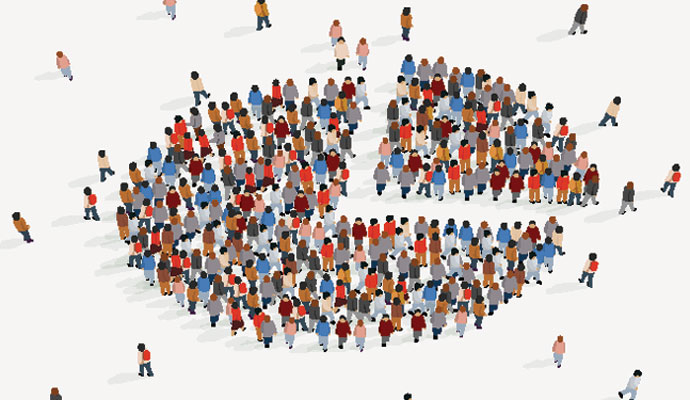
@ShahidNShah


With the broadening availability of COVID-19 vaccines, it seems the US is finally beginning to see the light at the end of the pandemic-enveloped tunnel. After more than a year of uncertainty and unease, the vaccines represent the opportunity to return to some semblance of normalcy.
However, this optimism has been clouded by concerns about equitable vaccine distribution and access. The virus’s disproportionate impact on racial and ethnic minorities, as well as socioeconomically disadvantaged populations, has established a need for strategies around vaccine distribution.
“We were looking both at the race and ethnicity breakdown and even starting week one; we started looking at the ZIP code breakdown by social determinants. We looked at the Social Vulnerability Index and the Community Needs Index – two different kind of metrics that we can use to track that,” Babula explained.
Continue reading at healthitanalytics.com
While vaccine enthusiasm is rising compared with last year, Black and Hispanic adults were more wary than White adults, and rural residents showed greater hesitancy than urban dwellers, in this …
Connecting innovation decision makers to authoritative information, institutions, people and insights.
Medigy accurately delivers healthcare and technology information, news and insight from around the world.
Medigy surfaces the world's best crowdsourced health tech offerings with social interactions and peer reviews.
© 2025 Netspective Foundation, Inc. All Rights Reserved.
Built on Apr 25, 2025 at 12:44pm